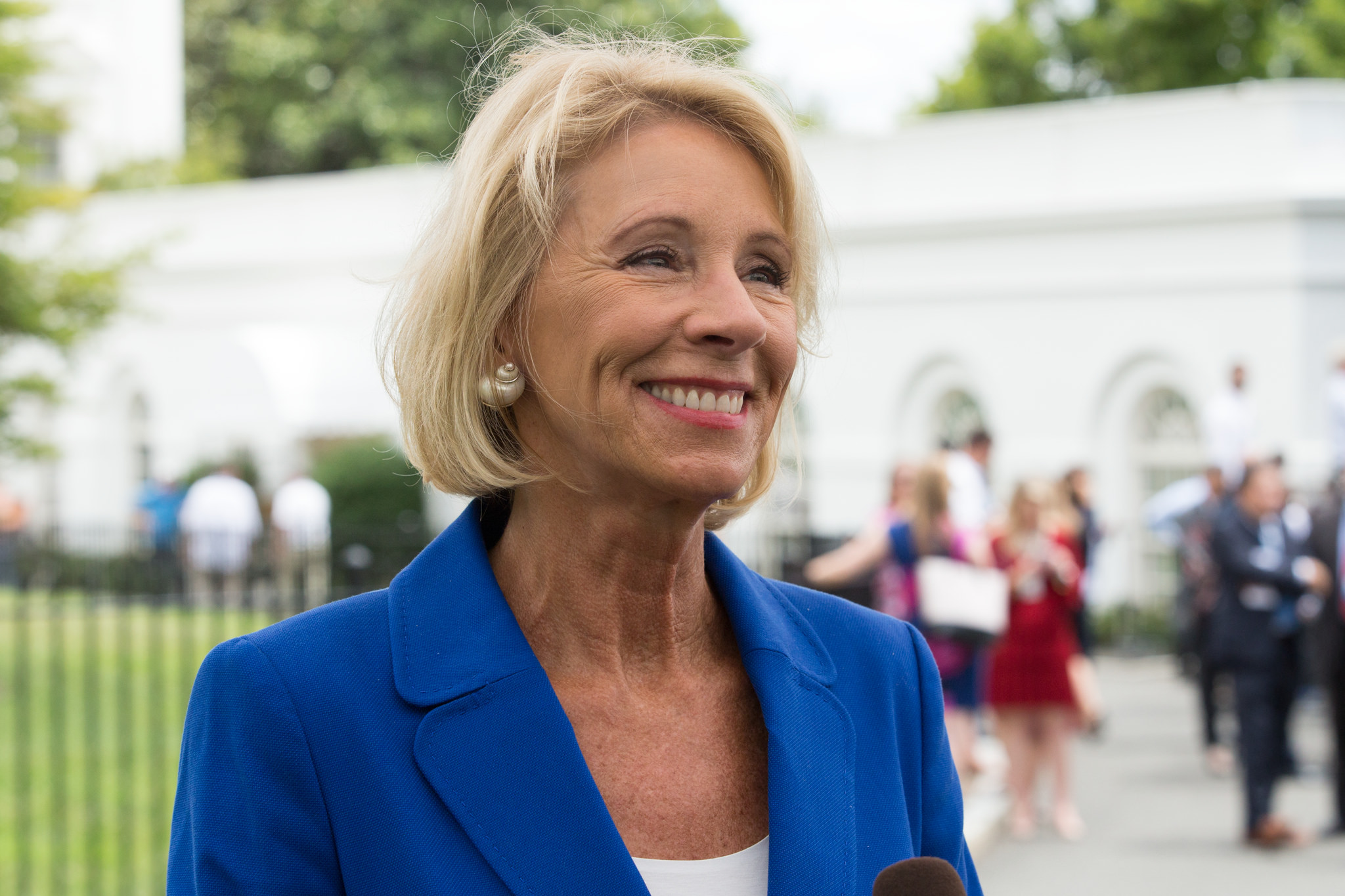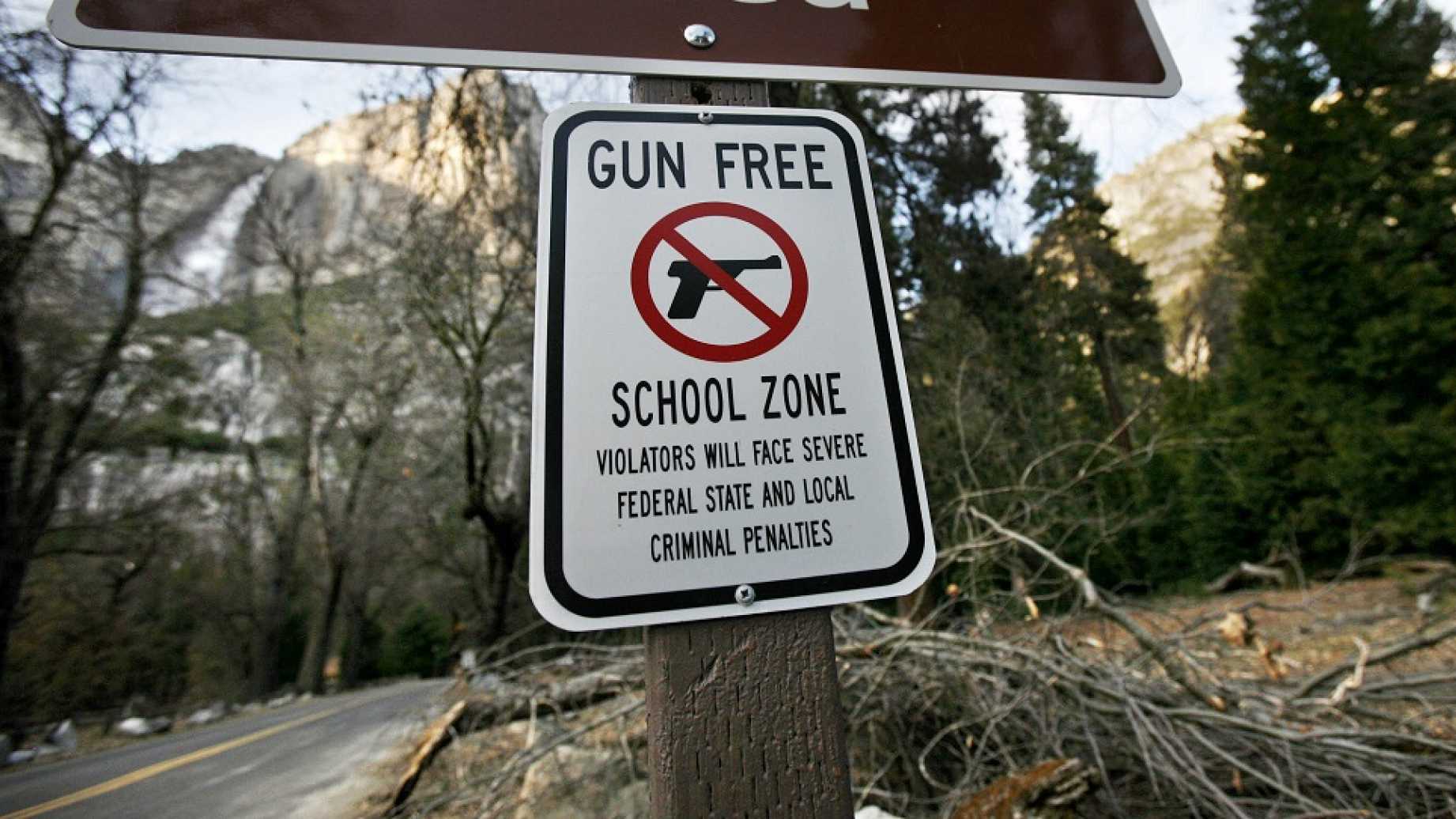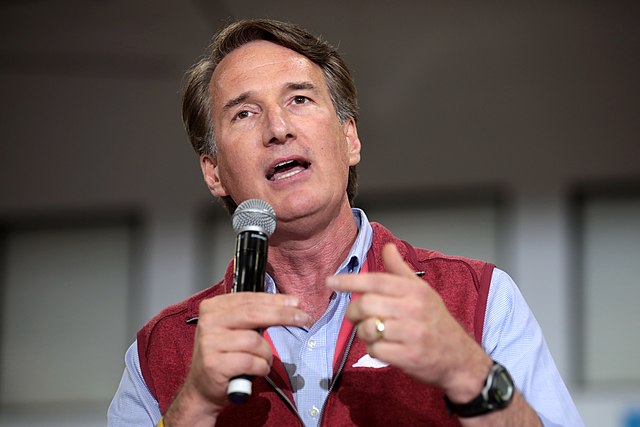Education Secretary Betsy DeVos recent appeared on “60 Minutes” to discuss the state of education and subsequent funding measures in the U.S. She was met with harsh criticism and backlash after her response and policy solutions. One of the most controversial answers from DeVos was that she suggested that the government’s large investment in public education has not yielded results and has not done so for some time.
Interviewer Lesley Stahl struck back, asserting that school performance has been on the rise. So, who is right in this case — DeVos or Stahl?
Well, according to the recently released 2017 National Assessment of Educational Progress, also known as the nation’s “report card,” there is hard evidence that DeVos was correct.
In a report from the Daily Signal, the 2017 levels in the report card are based on the their difference from the 2015 scores. Both reading and math scores on the National Assessment of Education Progress are graded on a point scale, zero being to lowest and 500 being the highest.
Reading levels for eighth-graders increased one point to 267, and math scores were up one point to 283. Reading levels for fourth-graders dropped one point to 222, and math scores remained stagnant at 240.
In terms of the percentage of American school children considered proficient in math and reading, the 2017 report card is rather disappointing.
40 percent of fourth-graders scored proficient or better in math, and 37 percent scored proficient or better in reading, unchanged from 2015. 34 percent of eighth-graders scored proficient or better in math, which was stagnant since from 2015. The only area in which the education system showed to have improved scored was in eighth-grade reading levels. 36 percent of eighth-graders scored proficient or better in reading. In 2015, only 34 percent of eighth-graders reached proficiency or better.
Furthermore, these woeful results follow the declines on the 2015 assessment from the years prior. Thus, a downward trend in academic outcomes has been shown.
Stahl’s claim and the fact that “60 Minutes” has ignored the facts about the state of education in America shows that their attempts to control of the narrative are based on wanting assumptions. DeVos was entirely correct to point out that the outcomes of public school education have not improved despite more government intervention.
The report also shows that 49 out of 50 states produced stagnant numbers on the 2017 report card. The funding stemming from the federal government has failed to achieve its primary goal of reducing gaps in academic outcomes between disadvantaged students and their more advantaged peers. Nearly four decades of attempts and nearly $70 billion in year-over-year funding have have concluded with federal intervention in K-12 education producing a downtrend in educating America’s children.
This parasitic relationship between the government and education should mean that it is finally time to consider an alternative approach to policy measures. One of the ways in which better results can be achieved, as DeVos has continuously touted, is school choice.
During the interview, DeVos told Stahl:
“Any family that has the economic means and the power to make choices is doing so for their children. Families that don’t have the power, that can’t decide, ‘I’m gonna move from this apartment in downtown whatever to the suburb where I think the school is gonna be better for my child.’ If they don’t have that choice, and they are assigned to that school, they are stuck there. I am fighting for the parents who don’t have those choices. We need all parents to have those choices.”
Due to the evidence that more funding does not produce better results, parents should have the decision-making power given back to them for the future of their children. Unfortunately, one’s location now decides the math and reading caliber a student will eventually attain.







